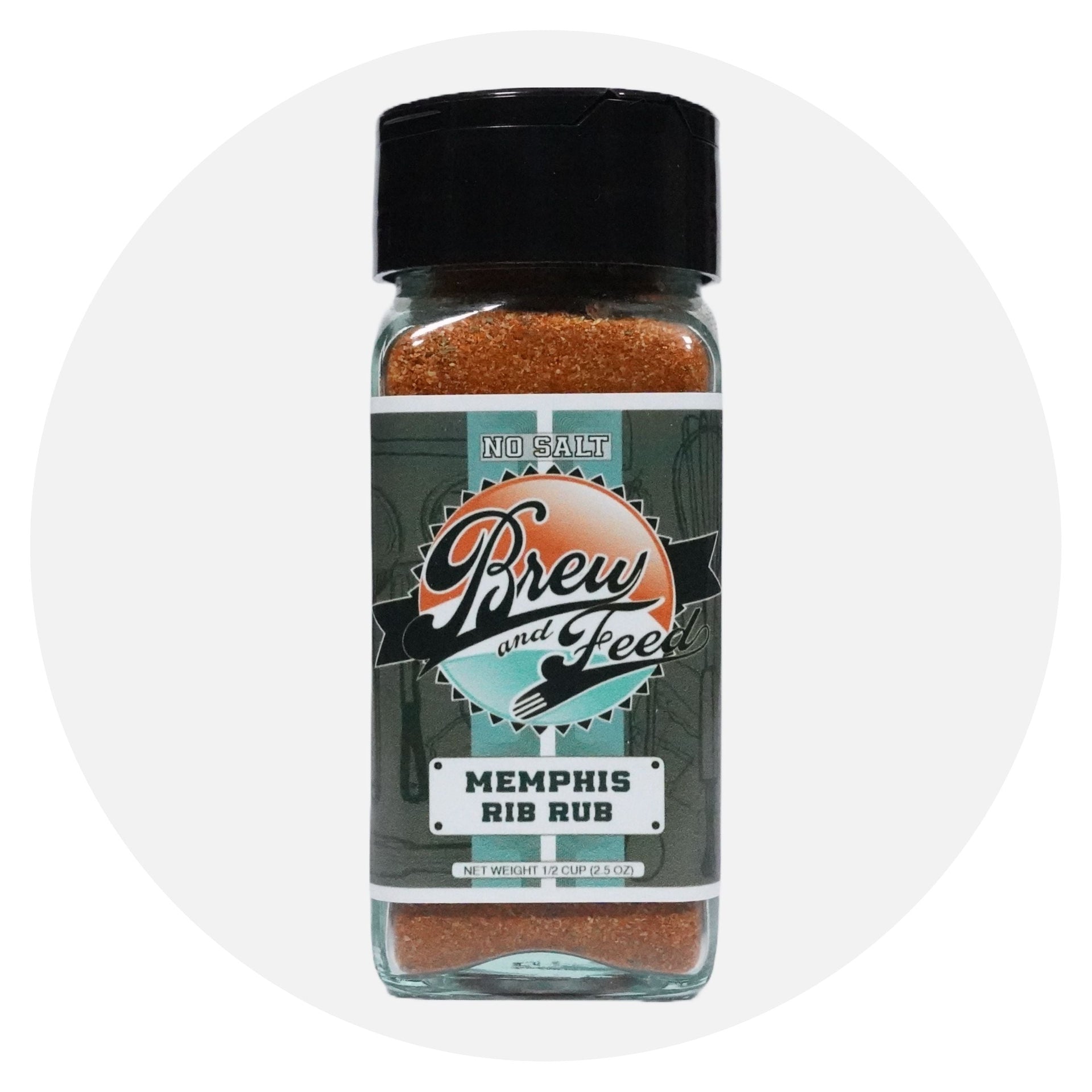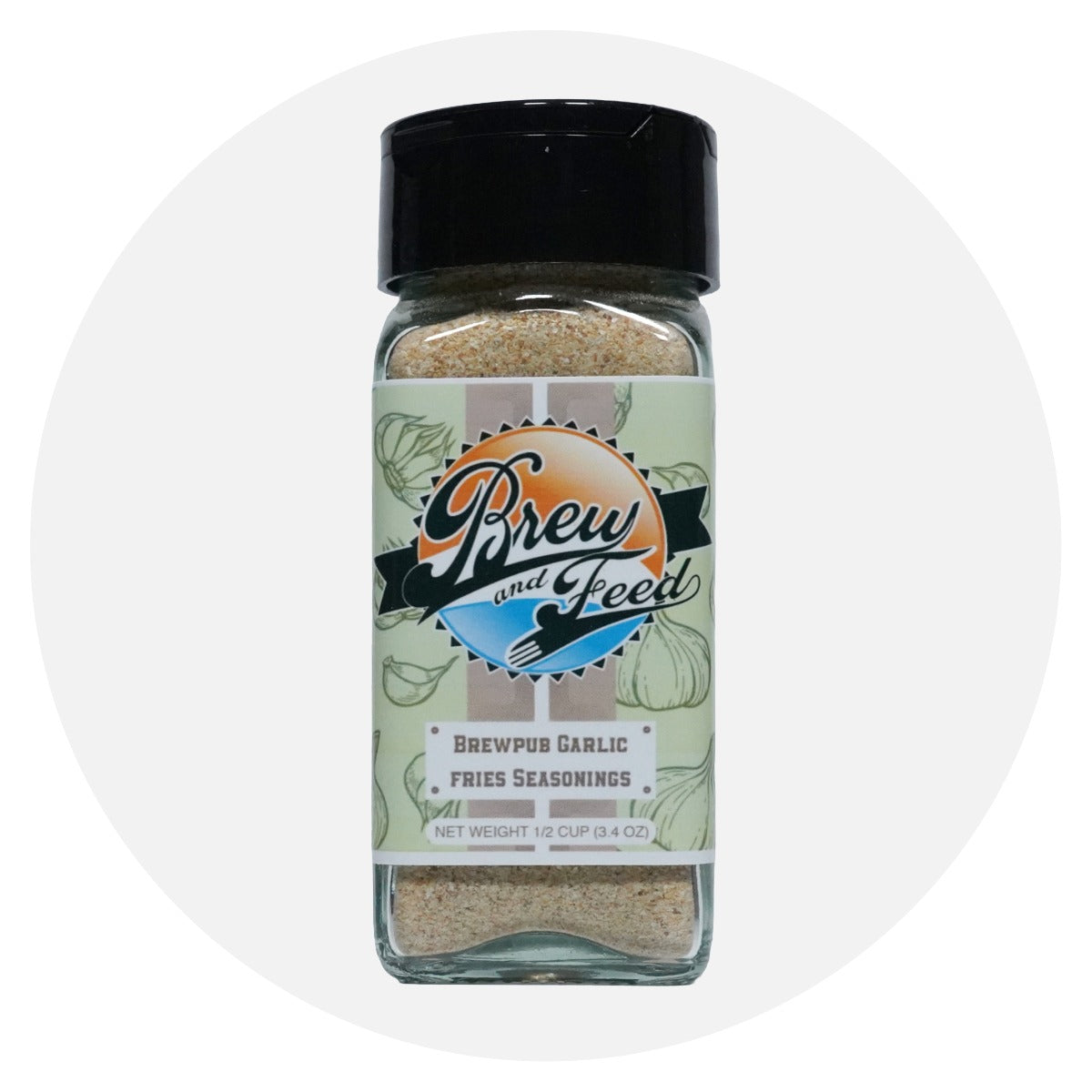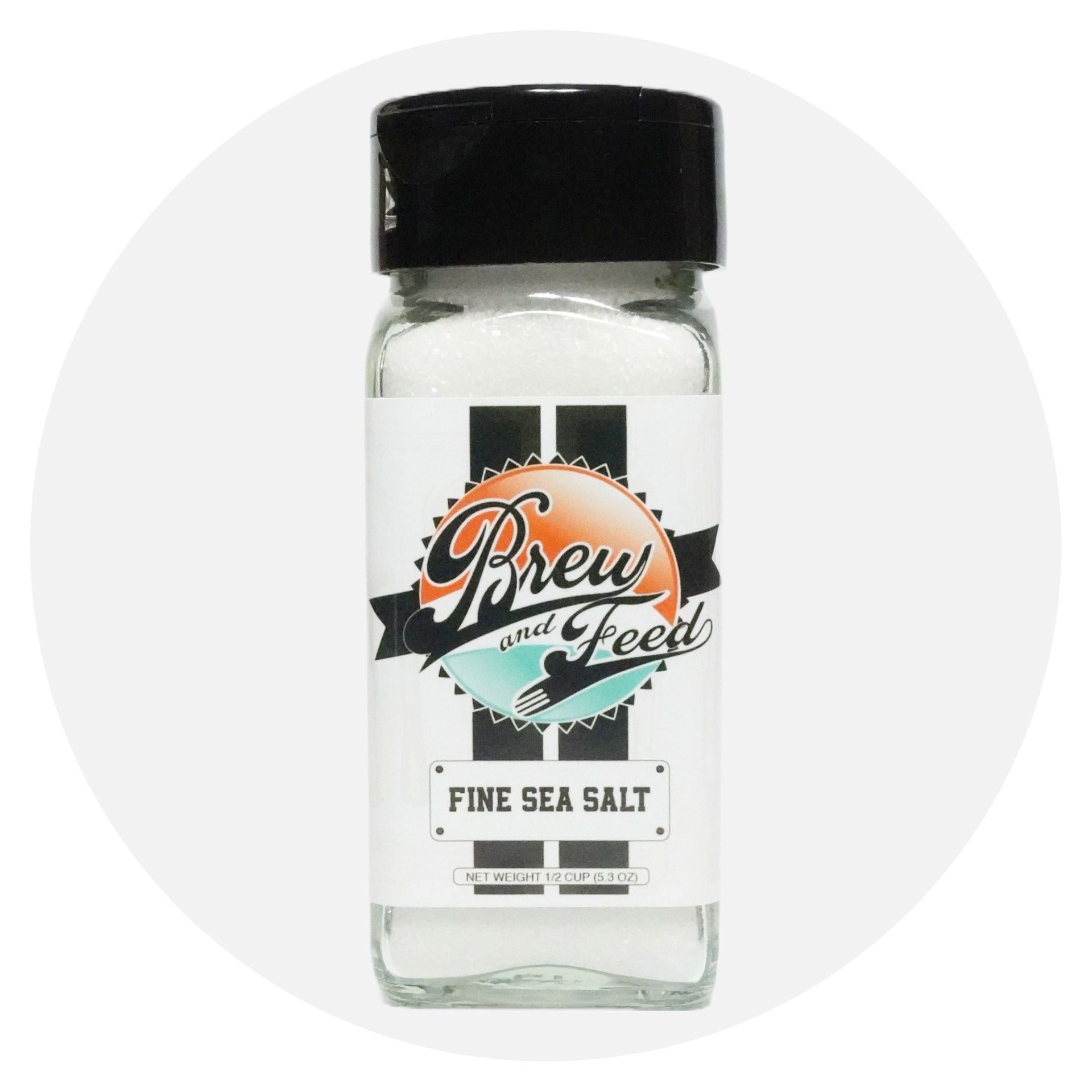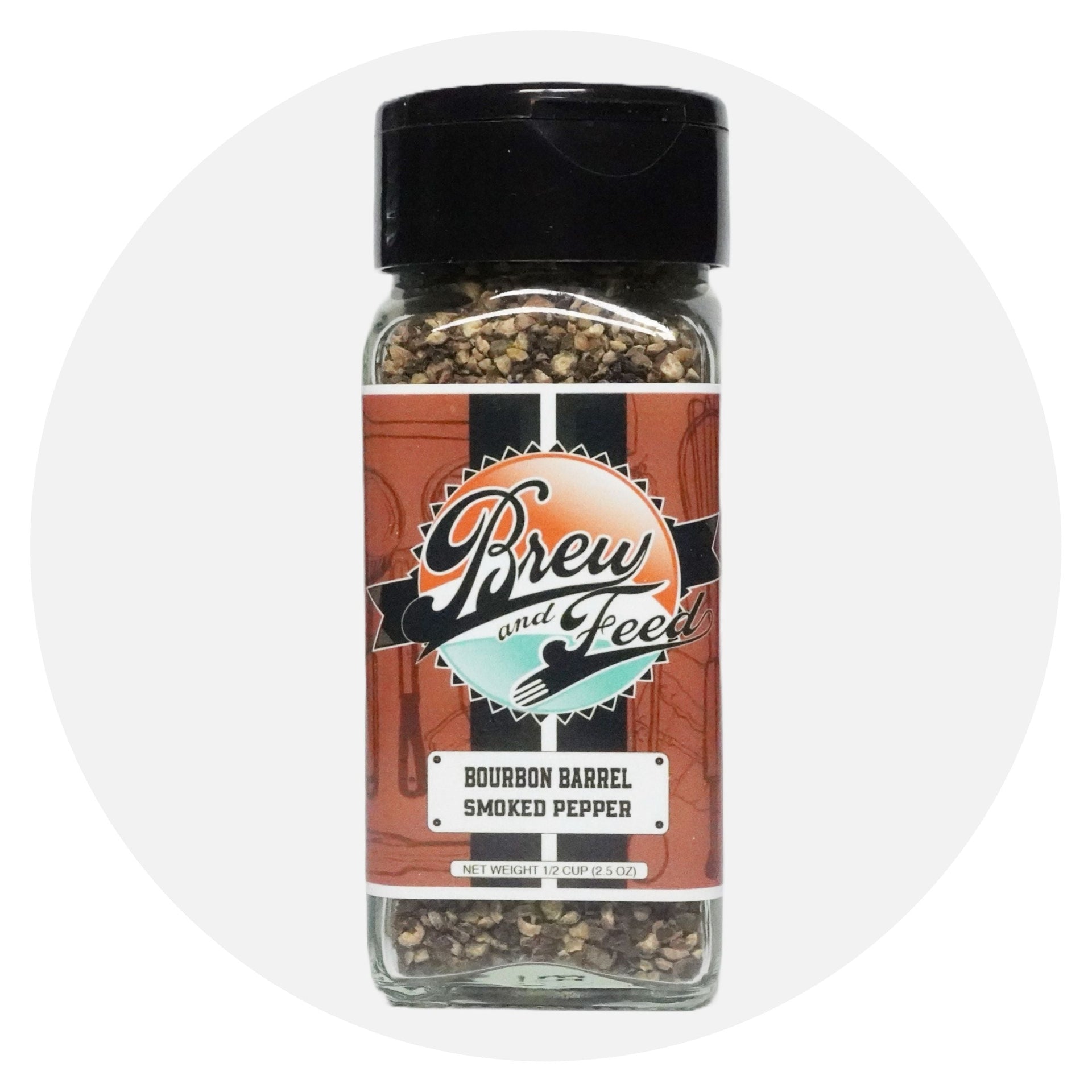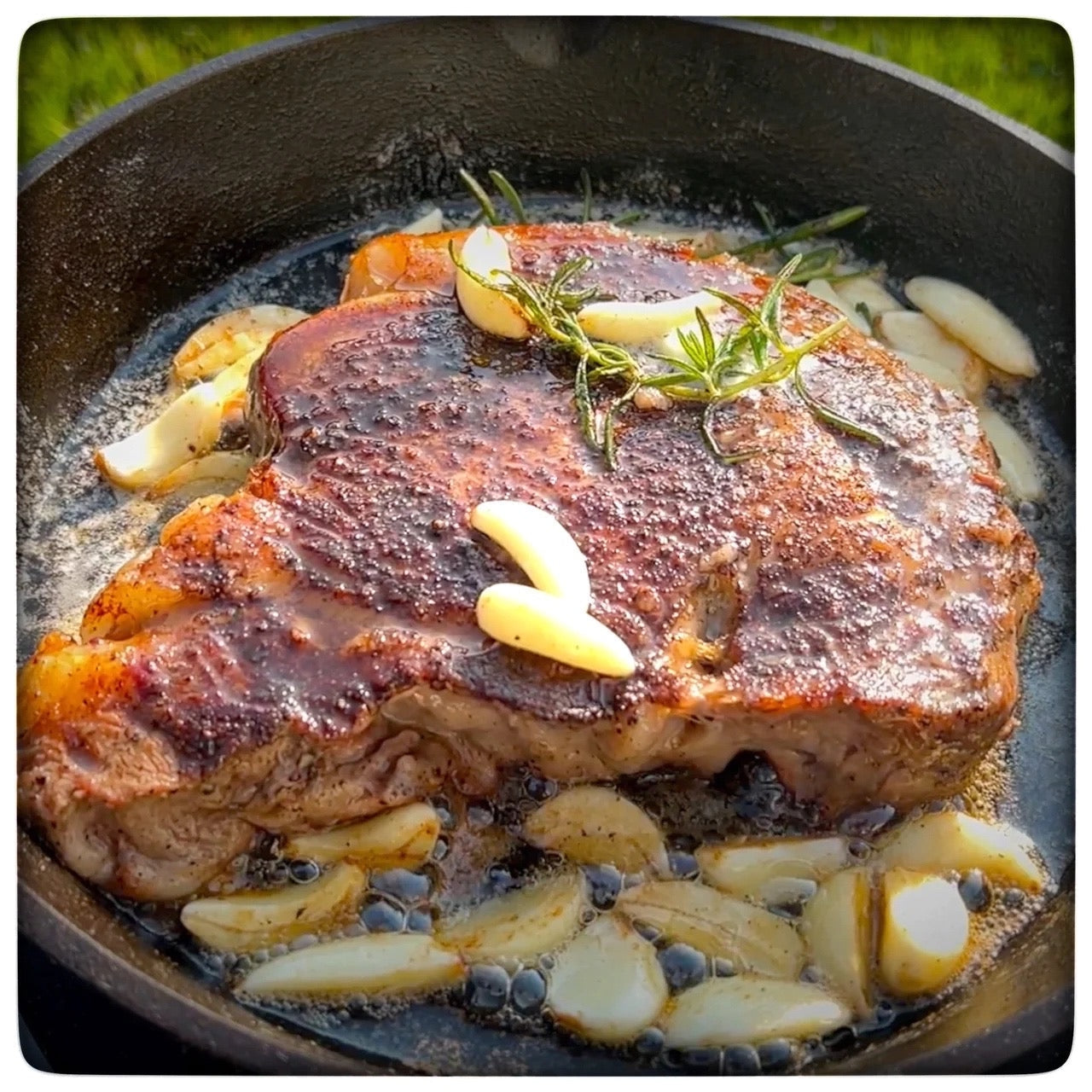
The Maillard Reaction: The Culinary Alchemy Behind Flavorful Delights
What is the Maillard Reaction?
Named after the French chemist Louis-Camille Maillard, who first described it in the early 20th century, the Maillard reaction is a complex chemical process that occurs when amino acids and reducing sugars react at elevated temperatures. It's the magic behind the browning of food and the creation of a myriad of delicious tastes and smells.The Culinary Alchemy
1. Amino Acids and Sugars Dance:
The Maillard reaction kicks off when amino acids (the building blocks of proteins) and reducing sugars (like glucose and fructose) engage each other under heat.2. Browning Begins:
As the temperature rises, the amino acids and sugars undergo a complex series of chemical transformations. This leads to the formation of new compounds that give rise to the characteristic brown color of foods undergoing the Maillard reaction.3. A Symphony of Flavors:
The Maillard reaction doesn't just paint food with a beautiful hue; it also produces a wide range of flavorful compounds. These include molecules that contribute to the distinct taste and smell of roasted, toasted, or seared foods.Examples in Everyday Cooking
1. Steak Magic:
When you sear a steak on a hot grill, the Maillard reaction transforms its surface into a caramelized crust bursting with savory goodness. This is why a perfectly grilled steak is not just visually appealing but also incredibly tasty.2. Bread's Golden Crust:
Ever marveled at the golden-brown crust of freshly baked bread? Thank the Maillard reaction for this. The browning of the crust enhances the bread's flavor and aroma, making it a sensory delight.Tips for Maximizing the Maillard Magic
1. Control the Heat:
Achieving the perfect Maillard reaction requires precise control of temperature. Too low, and the reaction won't occur; too high, and you risk burning the food.2. Use Fresh Ingredients:
The quality of ingredients matters. Fresh, high-quality proteins and sugars will yield better Maillard browning and, consequently, enhanced flavor.
In conclusion, the Maillard reaction is more than just a scientific concept; it's the secret ingredient behind some of the most delectable dishes across the globe. So, the next time you enjoy the rich flavor of a seared steak or the crispiness of golden-brown toast, appreciate the culinary alchemy of the Maillard reaction that makes it all possible.
Suggested Recipe: Pan Seared Mouthwatering Steak
A ribeye steak is a premium cut of beef prized for its rich marbling, tenderness, and robust flavor. This steak is sourced from the rib section of the cow, known for its well-developed muscles and ample intramuscular fat, which contributes to the steak's exceptional taste and juiciness. The marbling, or fat dispersion throughout the meat, gives the ribeye its signature tenderness and imparts a buttery texture when cooked. The beefy, succulent taste, combined with a well-cooked crust, makes ribeye steak a favorite among steak enthusiasts and a popular choice for grilling, searing in a cast iron skillet, or cooking in the oven.


